
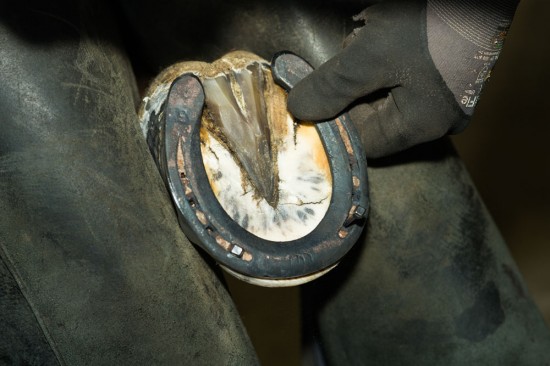
The vast majority of ridden horses are shod- this is something that the casual rider almost always takes for granted. But if you are considering buying a horse or pony or have recently become an owner, shoeing is one of a range of things that will become your responsibility to know all about!
Read on to learn a little more about farriery and shoeing, how and when it should be done, and the important reasons for shoeing your horse.
If your horse or pony is used for riding or walks on hard surfaces such as the road as part of their day to day lives, then generally you will find it necessary to have your horse shod.
Shoeing protects your horse’s hooves from some of the impact of moving over hard surfaces- after all, the hoof was designed to walk over grass and soft terrain, not tarmac and brick. If you ride or walk your horse over hard terrain without shoes regularly, then the hoof can become tender, damaged and sore, as well as wearing down faster than is safe and comfortable.
If your horse or pony is only ridden occasionally, spends no more than a few minutes as part of a ride on the road, and is kept and ridden on grass and soft terrain, you may be able to get away without having them shod at all- however, you should take advice on this from your farrier, and remember to factor in having your horse’s hooves trimmed and checked over regularly none the less.
Put in its most simple terms, in order to shoe a horse, your farrier will trim and examine your horse’s hoof, make or choose a shoe which will fit the hoof, shape the shoe to provide a perfect fit, and attach the shoe to the hoof via special horse shoe nails. They will then file and finish off the fit of the shoe to make sure there are no exposed nails protruding from the hoof, and that the shoe is flush with the foot all the way around.
A vital rule of farriery is that the shoe must be shaped to fit the hoof, and not the other way around; shoes of a suitable size and shape must be provided for each horse or pony, and shaped to fit perfectly before attachment.
Understandably, horse shoes (which are made of steel) wear out with use, and shoes that are too thin must be replaced. However, if the shoes are only lightly worn, your farrier may be able to re-attach the previously worn shoes to save a little money.
There are two methods of shoeing horses and ponies in use in the UK; hot shoeing and cold shoeing.
Hot shoeing is by far the most commonly seen shoeing method, and the type of shoeing which your farrier will perform as standard. Hot shoeing involves the shoe being shaped and formed in a mobile furnace, and adjusted on the spot to fit your horse or pony and fitted hot to the hoof for the perfect bond.
Cold shoeing is more uncommon, and usually only performed if specifically requested. When cold shoeing, the shoe is bent and shaped manually while cold, which greatly limits the range of adjustability the shoe will have and the malleability of the metal.
Generally speaking, cold shoeing is only performed on horses which are very problematic to hot shoe, and where the smells, flame and sounds that accompany hot shoeing exacerbate the problem.
As a general rule, horses need to be re-shod, or at least have their hooves checked and feet tended to every six weeks. It is not recommended to go any longer than this between farrier visits, as the growth of the hoof can work nails lose, make the shoes are lose, and potentially lead to problems. Horses which work hard and are ridden regularly, particularly over hard terrain, may need to be shod more often- perhaps as regularly as every four weeks.
In general, your farrier will come out to you and shoe your horse on site at the location of your choice. In order for them to be able to do this, you will need to be able to provide for them a flat, reasonably hard surface, and enough light to be able to see what they are doing! Farriers are generally equally happy to shoe your horse indoors or outdoors.
Finally, your farrier will need to be able to work from his van, where he will have all of his tools and equipment and his mobile forge, and so he must be able to drive his van to within a few feet of the area where your horse will be shod.
Your farrier is a trained and qualified professional who is required to have at least five years apprenticeship training and supervised work experience behind them before they are able to go out and shoe horses alone. As such, the range of experience and specialist knowledge they have of the hoof, the foot and the anatomy of the leg are unmatched, and farriers often work closely with veterinary surgeons to address problems with the hoof and foot, provide remedial shoeing and advise owners.
Talk to your farrier about your horse’s needs, how they are used, and why you need them shod. Your farrier can also guide you in terms of how often your horse should be shod, if they need to be shod at all, and if there are any problems you should be aware of.
Similarly, if your horse does not take kindly to shoeing or you are unsure as to how they will react, let your farrier know. It certainly won’t be the first time they’ve dealt with an unwilling equine client, and they stand a much better chance of being able to shoe your horse safely, quickly and effectively if they are aware of any issues beforehand.
Happy riding!
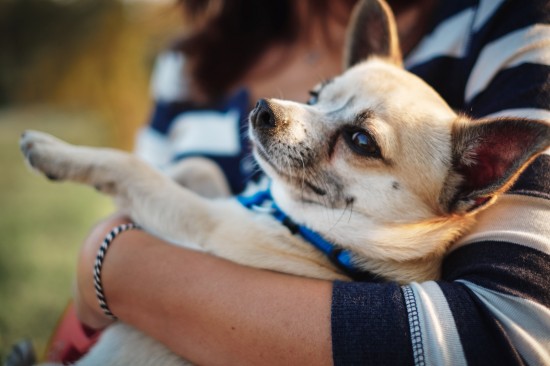 Five Ways That Many Dog Owners Inadvertently Do Their Dogs A Disservice
Five Ways That Many Dog Owners Inadvertently Do Their Dogs A Disservice
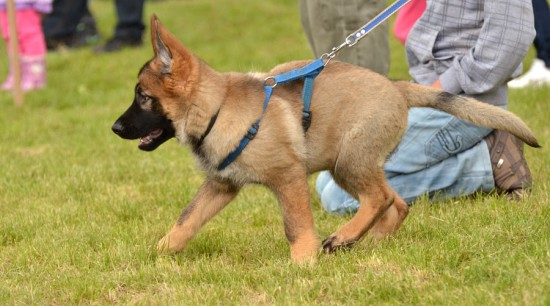 Puppy Problems - Nipping, Jumping Up, Barking, Housetraining And Socialising
Puppy Problems - Nipping, Jumping Up, Barking, Housetraining And Socialising
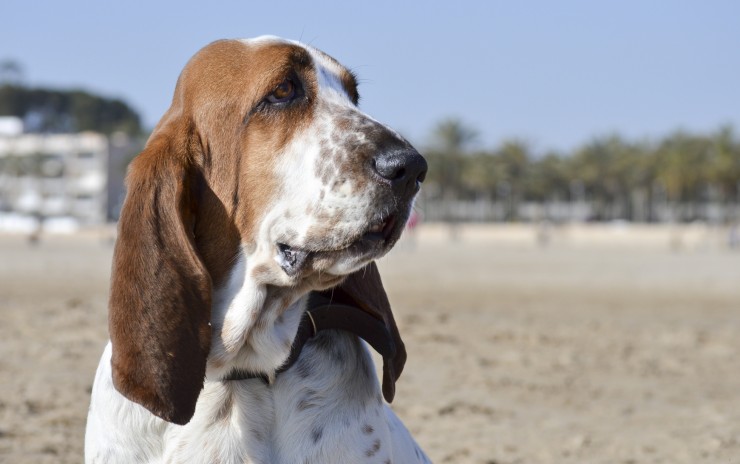 Eye Problems In Basset Hounds
Eye Problems In Basset Hounds
 Keeping Your Cat Safe And Happy Over The Holidays
Keeping Your Cat Safe And Happy Over The Holidays
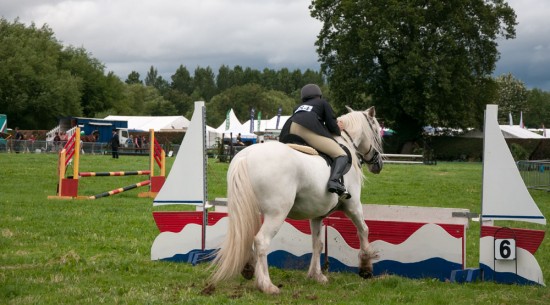 Falling From Your Horse - How To Do It As Safely As Possible!
Falling From Your Horse - How To Do It As Safely As Possible!
 Progressive Retinal Atrophy (pra) In Dogs
Progressive Retinal Atrophy (pra) In Dogs
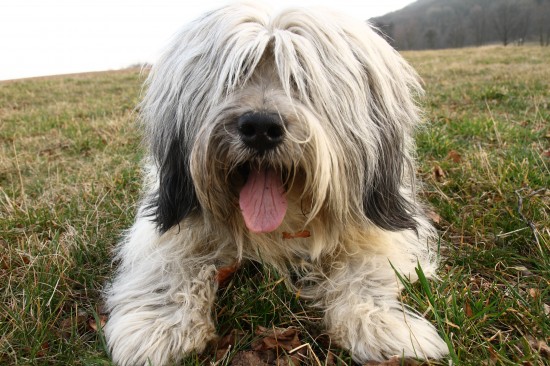 Polish Lowland Sheepdog Hereditary Health And Health Testing
Polish Lowland Sh
Polish Lowland Sheepdog Hereditary Health And Health Testing
Polish Lowland Sh
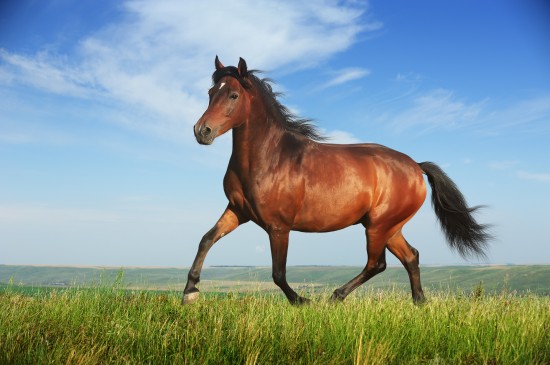 Should You Put Your Horse On Loan?
Should You Put Yo
Should You Put Your Horse On Loan?
Should You Put Yo
 Four Tips On Canine Care That Your Veterinary Nurse Wants To Tell You
Four Tips On Cani
Four Tips On Canine Care That Your Veterinary Nurse Wants To Tell You
Four Tips On Cani
 Why Snakes Make Great Pets
Why Snakes Make G
Why Snakes Make Great Pets
Why Snakes Make G
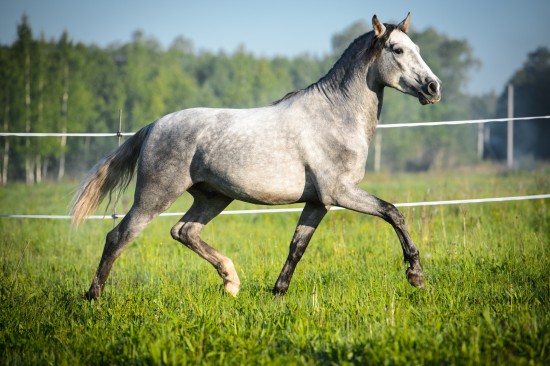 The Andalusian Horse
The Andalusian Ho
The Andalusian Horse
The Andalusian Ho
Copyright © 2005-2016 Pet Information All Rights Reserved
Contact us: www162date@outlook.com